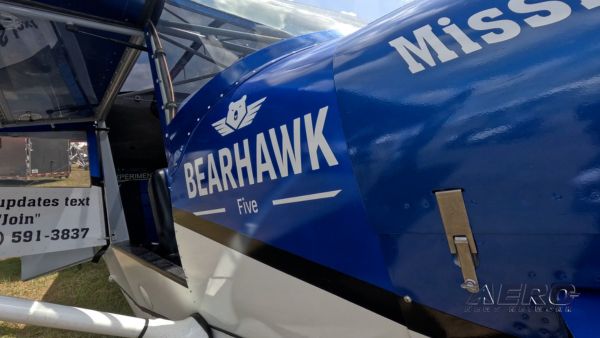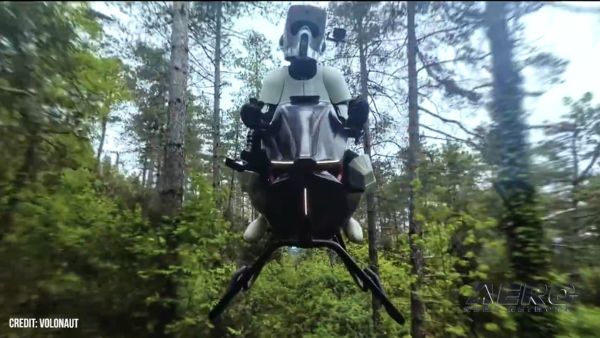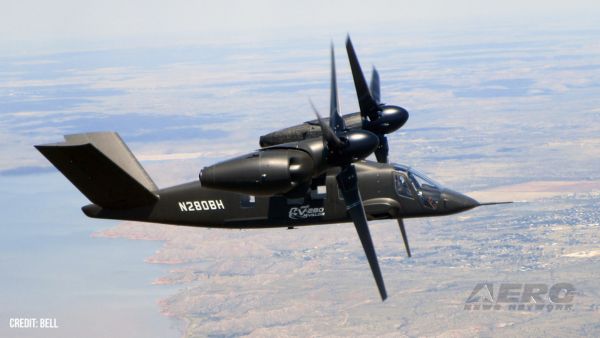Rule Sets New Icing Standards For New Transport Airplanes
The FAA has issued a final rule that broadens the coverage of its icing certification standards. The updated standards require U.S. manufacturers to show that transport airplanes can operate safely in freezing drizzle or freezing rain, conditions that constitute the icing environment known as “supercooled large drops” (SLD). The standard also includes ice crystal weather conditions as well.

SLD is less common than standard small droplet icing and can form ice on the airplane that exceeds the capability of current ice protection systems. The SLD could also severely impact the airplane’s performance and handling characteristics. Pilots usually encounter ice crystals, which can clog external air data sensors or lead to ice buildup in an engine, while they are flying around thunderstorms.
“While flying is already incredibly safe, I want passengers to know that we’re setting even higher standards for new airplanes so they can fly safely in icing conditions,” said U.S. Transportation Secretary Anthony Foxx.
The rule, which was based on extensive research and flight testing, mandates that certain newly manufactured transport category aircraft most affected by SLD icing conditions meet updated safety standards. This includes additional airplane performance and handling qualities in SLD conditions. This portion of the rule is aimed at aircraft that have a takeoff weight of less than 60,000 lbs. or have reversible flight controls – a direct mechanical link from the control lever to the flight control surface, unlike hydraulic power. The rule affects new aircraft certification projects that begin after the effective date of the rule.
The FAA is also mandating changes to for the icing certification requirements for engines, engine installations, and some airplane systems on all transport airplanes such as angle of attack and airspeed indicating systems. These systems must be able to perform in freezing rain, freezing drizzle, mixed phase, and ice crystal conditions.
“This rule assures that our future U.S. fleet will be able to safely withstand unexpected encounters with icing conditions,” said FAA Administrator Michael Huerta.
Since 1996, the FAA has issued 112 airworthiness directives for certain model transport category aircraft related to icing. Of the 112 ADs, 21 were specifically related to SLD. The ADs require flight crews to exit icing conditions when they see visual cues indicating the conditions exceed the capabilities of the aircraft’s ice protection equipment.
The rule is based on recommendations from the FAA’s Aviation Rulemaking Advisory Committee and the National Transportation Safety Board.
The estimated cost of the rule is $61.3 million ($42.3 million 2012 present value), and the benefits are an estimated $582.9 million ($126.9 million 2012 present value). The cost is spread over 45-47 years. Affected parties include airplane manufacturers, engine manufacturers, and operators of affected equipment. The rule is effective within 60 days.
 ANN's Daily Aero-Term (05.19.25): Fuel Remaining
ANN's Daily Aero-Term (05.19.25): Fuel Remaining ANN's Daily Aero-Linx (05.19.25)
ANN's Daily Aero-Linx (05.19.25) Klyde Morris (05.16.25)
Klyde Morris (05.16.25) Airborne 05.19.25: Kolb v Tornados, Philippine Mars, Blackhawk Antler Theft
Airborne 05.19.25: Kolb v Tornados, Philippine Mars, Blackhawk Antler Theft Airborne-Flight Training 05.15.25: Ray Scholarship, Alto NG, Fighter Training
Airborne-Flight Training 05.15.25: Ray Scholarship, Alto NG, Fighter Training



